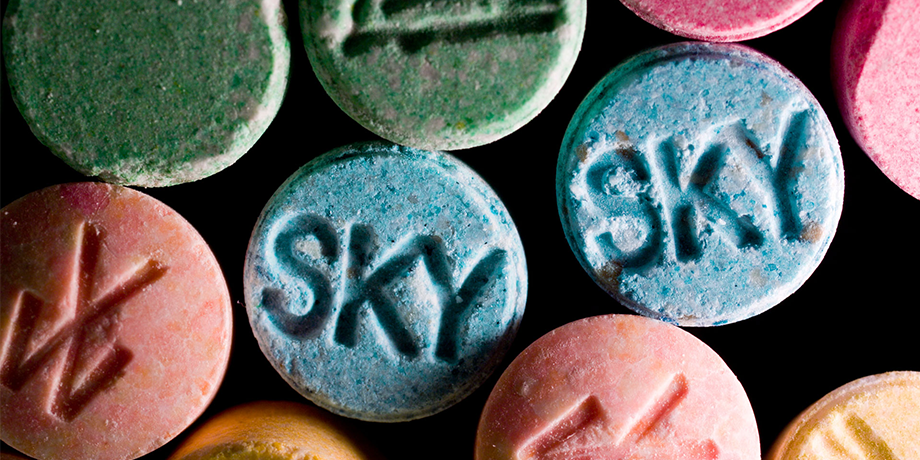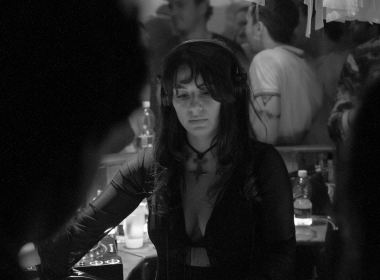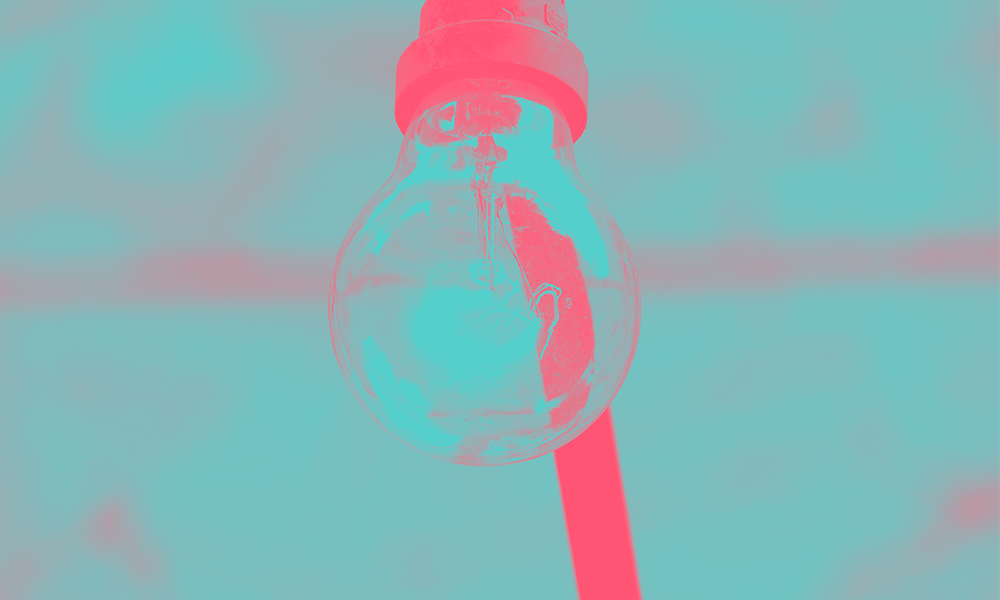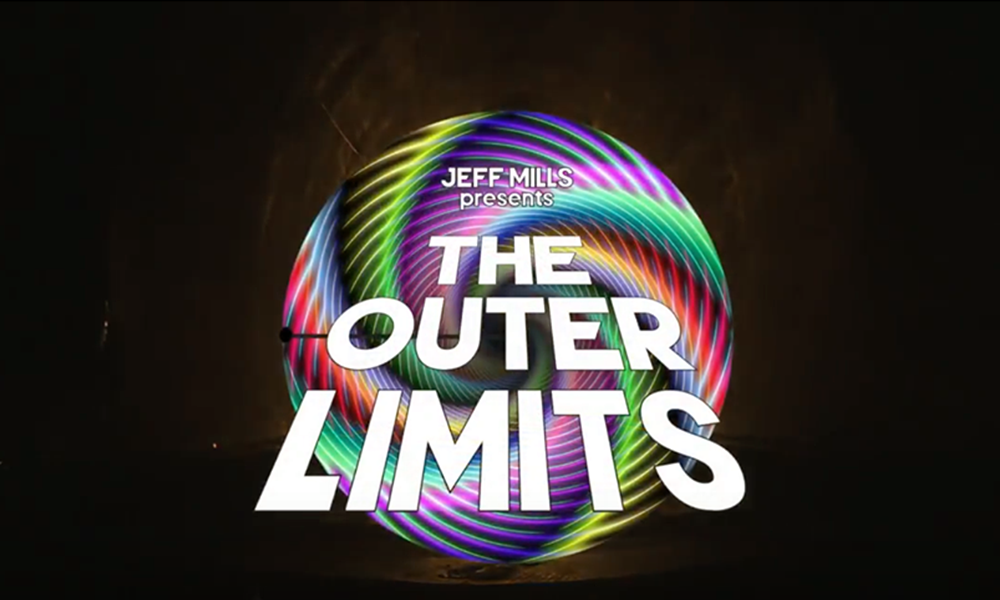The love story between Europe and Ecstasy is long and full of twists. In our continent the distribution and production of the substance are widespread, especially in states that have a stronger tradition in the field of clubbing and electronic music – such as Germany and the Netherlands.
Even if at the beginning of the new millennium the levels of MDMA spread around the European countries had begun to decrease, marking an inversion of tendency compared to the past, now the substance has largely come back in circulation. The new wave of ecstasy popularity began in 2010, as reported at the European Monitoring Center for Drugs and Drug Addiction (EMCDDA). During the golden age of raves, on average 50-80 milligram tablets of MDMA were circulating; today, the average of the substance contained within them has definitely grown, reaching 125 milligrams.
A similar trend has been identified by the KnowYourStuffNZ, a community of volunteers operating in collaboration with the New Zealand Drug Foundation which provides drug related harm reduction services at events around New Zealand. This organization states that dangerously strong ecstasy is currently in circulation ahead of the country’s festival season.
According with the founder of KnowYourStuff, Wendy Allison, these super pills now in circulation contain MADMA in multiple doses.
Our technology (reagent testing and FT-IR spectroscopy) cannot measure dosage but if content analysis shows mostly MDMA in a heavy pill, we can make an educated guess that a larger than usual dose of MDMA may be present. This season we’ve seen several pills weighing up to 580mg in which the main ingredient is MDMA, suggesting potentially two to three times the average dose.
Allison has also outlined specific pills to avoid, such as “green guccis”, “yellow rolexes” and “pink porsches”. More specifically, Allison affirmed that these pills may contain “dangerous pharmaceutical agents” as well as a high dose of MDMA.

Many things can be said about the effectiveness of forms of prohibition, but we are not here to discuss them. However, what is certain, is that for many, making use of drugs is an integral part of attending clubs or going to festivals, and it is a fact that it will not change very soon. For this reason it is necessary that such organizations will continue to offer this service.
Implementing this type of initiative will not solve any problem related to substance abuse: people will continue to use drugs without knowing what is the best way to handle a particular narcotic substance. Nevertheless, taking decisive measures, such as providing information on the degree of purity of the substance, its composition and the recommended doses, can help consumers reduce the risks associated with consumption and this is a trend that should be followed by clubs and festivals all over the world.













